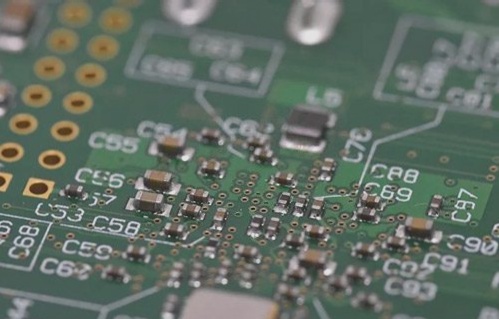Understanding Offset Voltage in Op-Amp Circuits
When simulating a modified follower circuit in LTSpice 4.20 (XP), you may encounter a situation where the differential input voltage Ua-Ub jumps around by 10mV, causing the output voltage Uout=Ua to deviate from following the input Ub. This discrepancy can be puzzling, especially when the expected output does not align with the input.
Utilizing a generic ideal “.include op-amp.sub” in your simulation, with a GBW of 1MHz and Aol=100dB, it is reasonable to expect the output to reach 1kV with a 10mV input. However, if only 10V is required in this scenario, the finite Aol may not be the root cause of the issue. The load being an ideal current source with a 1mA amplitude 1kHz sine wave further complicates the expected output, which ideally should be near 0V.
So, where does this “offset voltage” stem from? Is it an inherent characteristic of LTSpice or a fundamental aspect of op-amp physics that is influencing the simulation results?
It’s important to note that while troubleshooting this discrepancy, the focus should be on understanding the origins of the offset voltage rather than simply removing R2 from the circuit. This challenge is a part of a more extensive circuit design, and grasping the nuances of offset voltage can lead to a deeper comprehension of op-amp behavior.
Additional Resources:
- Explore the impact of input bias current on op-amp performance.
- Investigate common-mode rejection ratio (CMRR) in op-amp circuits.
- Consider the influence of power supply rejection ratio (PSRR) on circuit stability.
For further insights and solutions to op-amp circuit challenges, delve into these resources to enhance your understanding and optimize your circuit designs.



